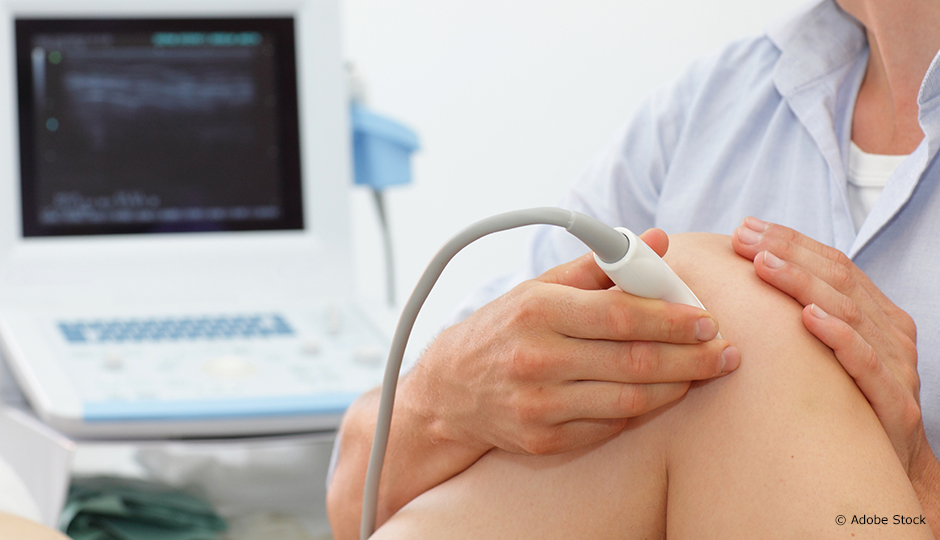Ultrasound has tremendous potential that Catherine Laporte, a professor in the Department of Electrical Engineering and the co-director of the Biomedical Information Processing Laboratory at École de technologie supérieure (ETS), intends to exploit.
In addition to being inexpensive and non invasive, this technique does not involve the use of harmful radiation.
Ultrasound, a medical imaging technique that uses high frequency sound waves, is popular with the medical community and patients alike because, in addition to being inexpensive and non invasive, it does not involve the use of harmful radiation. It is commonly used in obstetrics to observe the fetus in the womb, and to guide surgeons during operations. The only drawback is that image acquisition and analysis pose a number of challenges that limit the use of ultrasound. Currently, visualization in 2D is the norm. Using a probe that must be properly placed and oriented, the user obtains multiple images from different angles in order to mentally reconstruct the structure being observed. As a result, the quality of data acquisition and its interpretation in 3 dimensions depend on the experience of the practitioner.
In collaboration with colleagues at Polytechnique Montréal, Catherine Laporte and her team are seeking to develop simulation models that will guide the user in positioning the ultrasound probe, in order to obtain better quality images. To do so, the researchers must anticipate and calculate all types of possible situations, in order to come up with predictive models for various organs, tissues and bone structures.
For example, Catherine Laporte believes that the acoustic shadow of bone can be used to obtain more information about the patient’s anatomy. Bone absorbs ultrasound, preventing it from penetrating any further and creating zones of shadow. The scientists are working on developing mathematical algorithms to analyze these shadows so as to enable orthopaedists to visualize the degree of deformation of the spinal column. And that is just one of the many potential uses of ultrasound!




